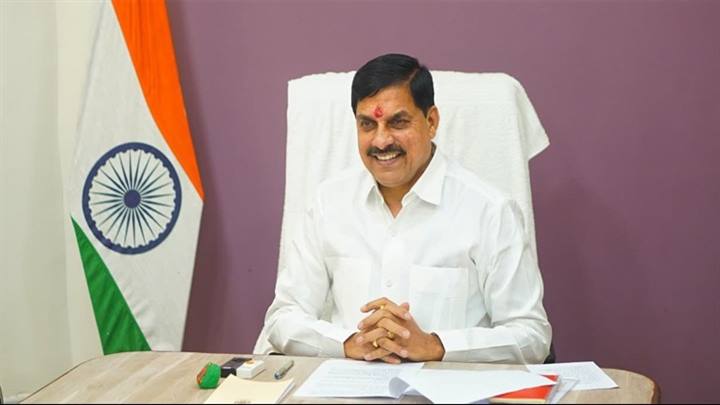How youth movements have transformative influence on Indian policy
How youth movements have transformative influence on Indian policy

Youth movements and activism, perennial catalysts of change, have inscribed an indelible mark upon the annals of Indian policy evolution. From the dawn of the independence struggle to the contemporary epoch, the vigour and determination of young Indians have held the torch that lights the path to policy reform and societal progress.
In the Indian context, several factors synergize to amplify the potency of youth movements and activism. Primarily, youth are fuelled by an unbridled idealism that compels them to navigate treacherous waters in the name of their convictions. Their daring propensity to challenge the status quo has consistently steered the nation towards the promise of a brighter future. Furthermore, the digital age has bestowed upon them the tools of connectivity, harnessing the force of social media and technology to unite and mobilise. Through this interconnectedness, they galvanize their endeavours, broadening their reach and wielding a megaphone that resounds with their visions. Most importantly, they constitute an emerging electoral juggernaut, a force capable of swaying the corridors of power. Politicians have, with growing trepidation, begun to heed the clarion calls of the youth.
A historical account of youth-led movements in India offers a profound glimpse into their transformative capacity:
The Independence Movement (Early 20th Century): A narrative of fervour and valour, the struggle for independence saw the baton passed into the eager hands of India’s youth. Through boycotts, marches, and protests, these young crusaders fervently pressed for an end to British colonial rule. Their persistence and unity bore fruit in the form of India’s hard-fought independence in 1947.
Navnirman Movement (Early 1970s): A fresh burst of youthful exuberance emerged in the early 1970s, fomenting a potent crusade against corruption and inefficiency within the government. This movement triggered the resignation of the then-chief minister of Gujarat and subsequently sowed the seeds for similar uprisings across the nation.
Anti-Emergency Movement (Mid-1970s): During the bleak days of the Emergency, India’s youth rose against the authoritarian regime of prime minister Indira Gandhi. Their collective voice and resilience succeeded in dismantling the Emergency, ultimately restoring the democratic fabric of the nation.
In recent years, youth activism has been rekindled, ignited by issues like climate change, gender equality, and social justice. With determination and defiance, young activists have staged protests, marches, and boycotts to demand a recalibration of societal norms. Their relentless endeavours have resulted in significant milestones, exemplified by the enactment of the Right to Education Act in 2009 and the Protection of Children from Sexual Offenses Act in 2012.
These anecdotes, though a mere snapshot, testify to the profound influence wielded by youth movements and activism in sculpting India’s policies. It is undeniably clear that the vigour of youth, as a crucible of transformation, shall remain central in shaping India’s destiny. The journey continues, with each generation of young Indians holding the torch ever higher, beckoning towards a brighter and more equitable future for the nation.
The writer is a political analyst and author. Views expressed in the above piece are personal and solely that of the author. They do not necessarily reflect Firstpost’s views.





















